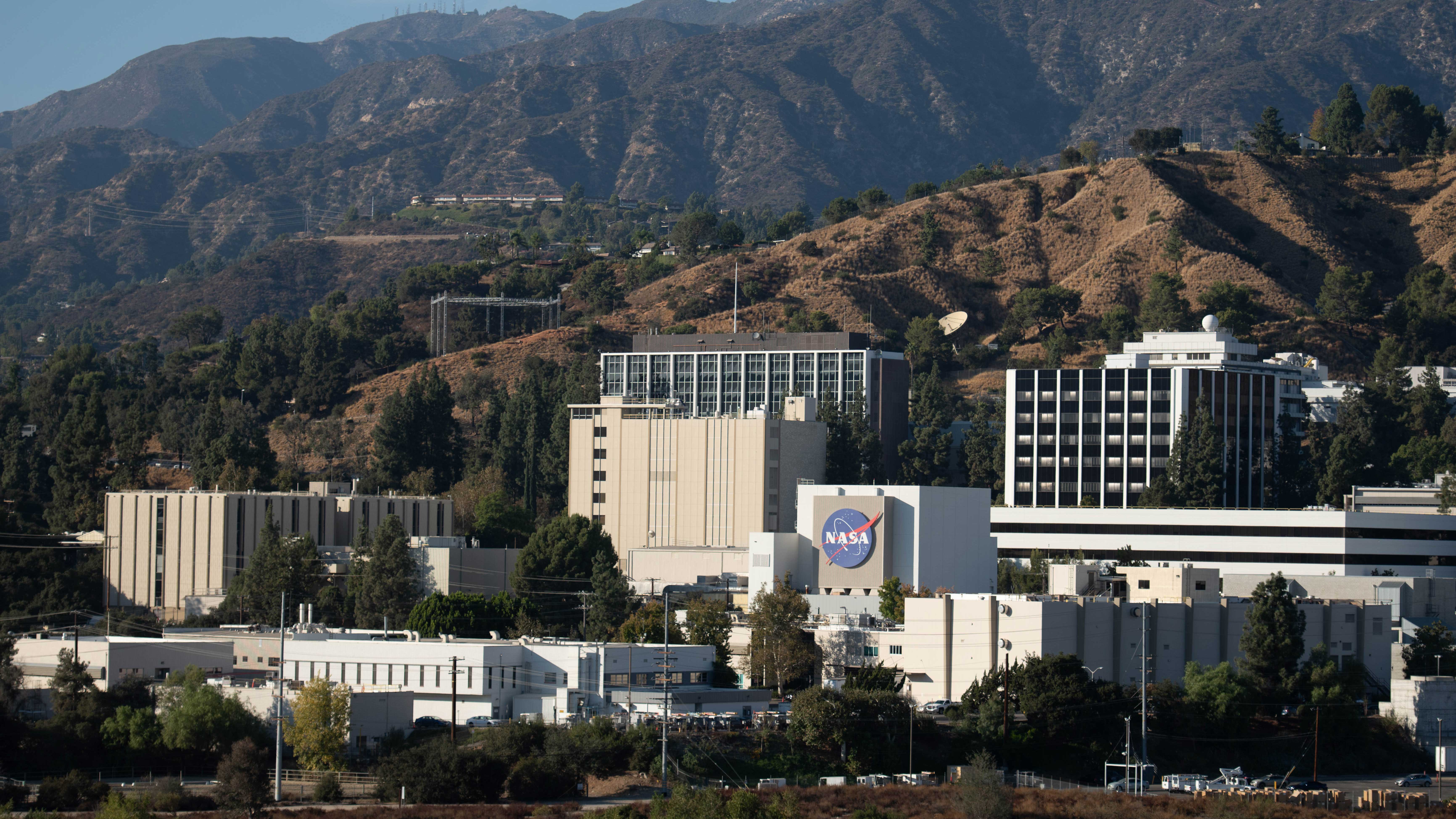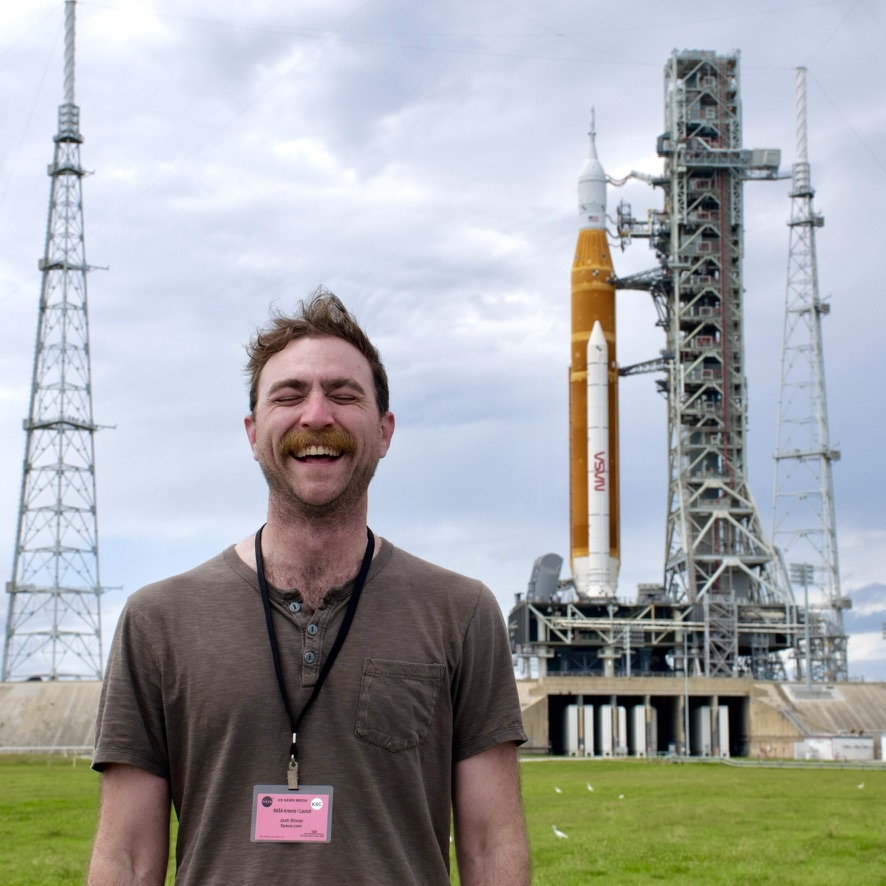NASA's Jet Propulsion Lab ending remote work policy for nearly 5,500 employees. 'Employees who do not return by their required date will be considered to have resigned.'
"It's clear that it's a silent layoff of the over 1,000 remote employees who they don't want to pay severance to."

NASA's Jet Propulsion Laboratory (JPL) has told more than 5,500 hybrid and telework employees that they must return to a full on-site work schedule.
The move effectively ends remote work at JPL, which had been a fixture at the Pasadena, California lab since the pandemic. Many of JPL's nearly 5,500 employees work on hybrid, or fully-remote schedules. Employees were notified via email Thursday (May 22) that an end to telework would take effect on Aug. 25 for general employees within California, and Oct. 27 for teleworkers living outside the state.
"Employees who do not return by their required date will be considered to have resigned," JPL officials said in a workforce-wide email that was obtained by Space.com.
The decision comes amid widespread budget concerns across the space agency, as NASA faces a potential 25% reduction in funds via the Trump administration's 2026 "skinny budget" request. The proposed cut is raising broader concerns across NASA about the future of key programs, including planetary defense efforts and upcoming space science missions — many of which are run by JPL, the agency's lead center for robotic planetary exploration.
JPL is federally funded, but managed by the California Institute of Technology in Pasadena. Last year, through two separate rounds of layoffs in February and November, JPL dismissed more than 12% of its workforce — about 855 employees. The lab cited budgetary concerns and funding shortfalls tied to the restructured Mars Sample Return mission campaign, which the Trump administration's 2026 budget proposal cancels outright.
The new end to telework means that employees now face the choice to return to the office full-time or lose their jobs without qualifying for post-employment benefits or the possibility of filing for unemployment. And those in JPL's workforce living outside California are now faced with the decision of whether or not to uproot their lives to move across state lines.
"It's clear that it's a silent layoff of the over 1,000 remote employees who they don't want to pay severance to," a NASA employee at JPL not authorized to speak on behalf of the agency told Space.com.
Breaking space news, the latest updates on rocket launches, skywatching events and more!
Some of JPL's teleworkers may not be in a position to choose at all. A number of them are still recovering from damage and displacement caused by the Palisades Fire in January, which led to the lab's temporary closure and affected housing and commuter options for lab employees across Southern California. Individuals in this position may be granted "time-limited" exceptions, but those will be "extremely rare," the email to employees said, and will require approval by the JPL director and site leadership.
Employees at JPL have until July 20 to indicate whether they intend to return to in-office work, or ostensibly quit their jobs.
The new in-person requirement has introduced fresh uncertainty to an ongoing uneasiness being felt across NASA, as the agency aligns itself with new federal mandates. For example, some JPL employees returning to on-site work may find no dedicated space for them to do their job. "There isn't even enough parking," the JPL employee said. JPL officials dispute this, telling Space.com in an email the facility would be able to accommodate the return of telework employees if all opt to return.
The policy shift also comes just two weeks after JPL Director Laurie Leshin announced she would be stepping down from her position leading the lab, effective June 1. She penned the recent employee-wide email with incoming Director Dave Gallagher. The decision, according to JPL officials, is one that was made within JPL, and not directed by NASA.

Josh Dinner is the Staff Writer for Spaceflight at Space.com. He is a writer and photographer with a passion for science and space exploration, and has been working the space beat since 2016. Josh has covered the evolution of NASA's commercial spaceflight partnerships and crewed missions from the Space Coast, as well as NASA science missions and more. He also enjoys building 1:144-scale model rockets and human-flown spacecraft. Find some of Josh's launch photography on Instagram and his website, and follow him on X, where he mostly posts in haiku.
You must confirm your public display name before commenting
Please logout and then login again, you will then be prompted to enter your display name.
